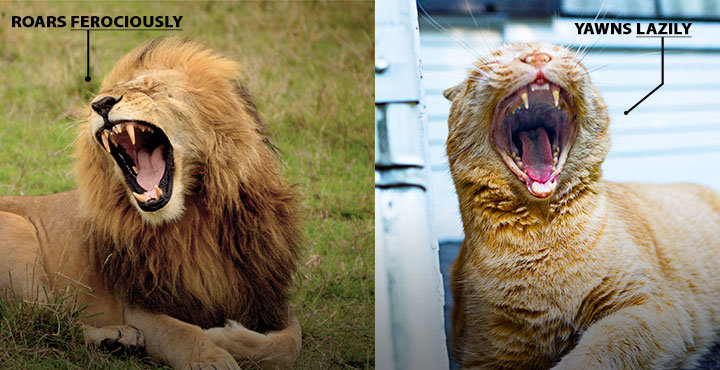Tips for telling adjectives and adverbs apart
Are you constantly confusing adverbs and adjectives? Well, we're here to cure your confusion for good. Think of adjectives and adverbs as answers to a question. Adjectives generally answer one of three questions about a noun: which one, how many, or what kind? Adverbs, on the other hand, tell us where, why, when, or how something happened.
Two key points to remember
1. Adjectives describe nouns and pronouns
Example: Your hat is old.
(The underlined word hat is a noun. The italicized word old is the adjective that describes the hat.)
Example: It is old.
(If we replace the hat from the previous sentence with it, this time the adjective old is describing a pronoun.)
2. Adverbs describe verbs, adjectives, and other adverbs
Example: He slowly walked to the store.
(The underlined word is walked, and it is a verb. The italicized word is slowly, and it is the adverb that describes how he walked.)
Example: Jenny is clearly annoyed.
(The underlined word annoyed is an adjective because it describes Jenny. The italicized word clearly is an adverb describing annoyed. By this, we mean the adverb clearly describes to what degree Jenny is annoyed.)
Example: He walked very slowly.
(In this case, we know slowly is an adverb because it describes how he walked. However, very is also an adverb, and it modifies or describes how slowly he walked.)
How can I identify adjectives and adverbs?
The above explanations are all well and good, but you might be wondering how you can identify adjectives and adverbs just by looking at a sentence. We've established some basic rules:
1. Adjectives, although much simpler to use than adverbs, don’t give off any tell-tale hints that they are indeed, adjectives. The best way to find an adjective is to look for the nouns (people, places, things, or ideas) or pronouns (words that replace nouns) within a sentence and then decide if there are any words that describe the nouns or pronouns. Here’s an example with the nouns italicized:
Your dog ate my baseball hat.
At first glance, you might be tempted to say baseball is a noun, but upon closer inspection, we see that, in this case, the word baseball actually describes the noun hat. Therefore, baseball is an adjective in this sentence.
2. Many adverbs end with the suffix –ly. Searching for words that end in –ly is a good way to find adverbs. Here’s an example:
If you’ll kindly give me my ticket, I'll be on my way.
You can probably see that the only word ending in –ly is the word kindly. Upon closer inspection, you should realize kindly is describing the verb give, which means kindly is indeed an adverb.
Exceptions
Some words have the same form whether they are used as adjectives or adverbs. Here are some examples:
(Adjective) — That is a fast speedboat.
(Adverb) — He stood up so fast he knocked his chair over.
(Adjective) — The ground was hard.
(Adverb) — They all worked hard to meet the project deadline.
In addition, please note that all adverbs do not end in –ly. Here’s a short list of adverbs that don't end in –ly:
afterwards, almost, always, even, far, fast, less, more, never, not, often, too, very, and well.
Image source: Dmitry_Guzhanin/BigStockPhoto.com









